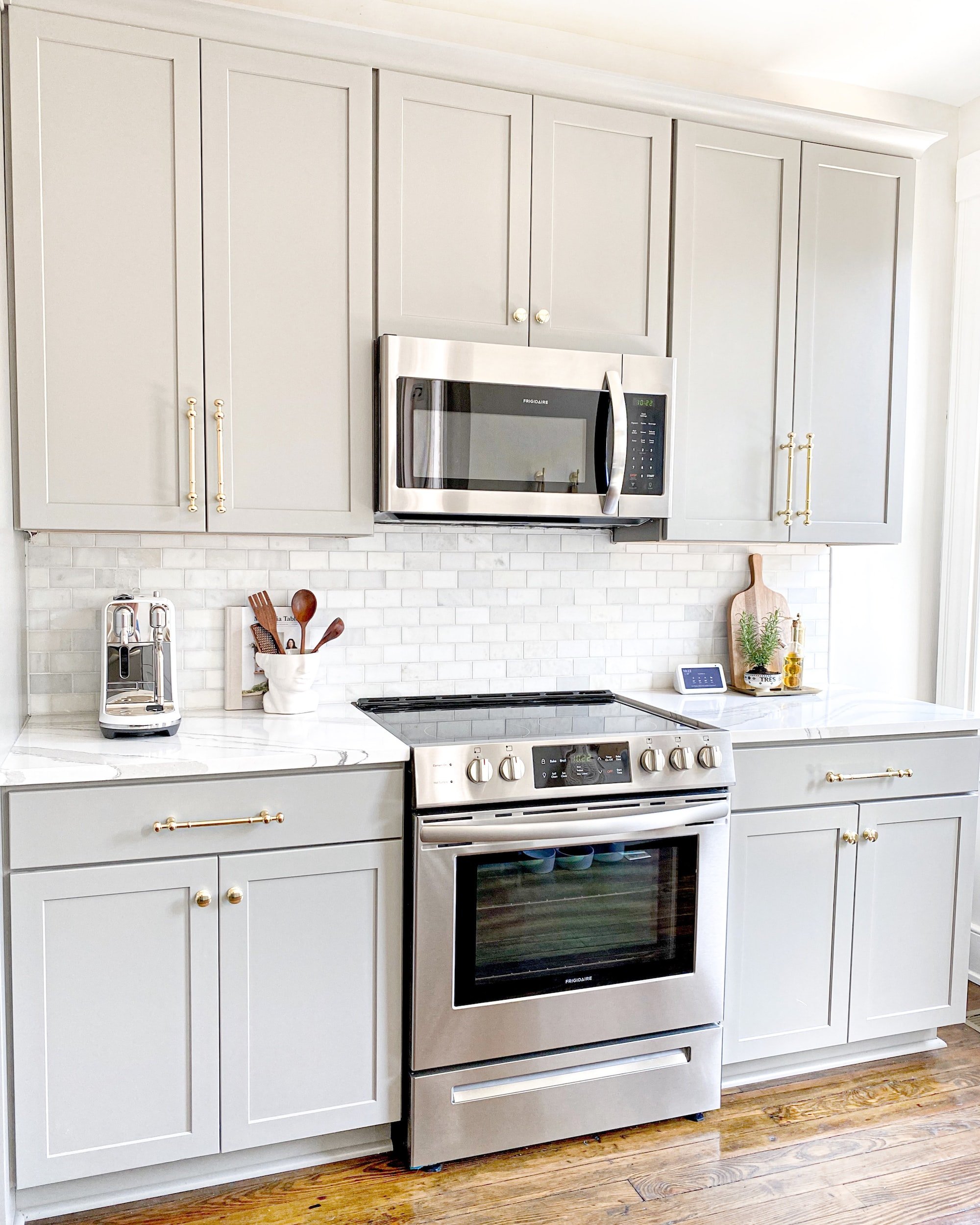
Choose appliances that are easy to reach, operate, and clean. Consider the height and placement of controls, handles, and displays. Look for appliances with large, easy-to-read buttons, knobs, or touchscreens that are easy to operate with limited dexterity or vision impairments.
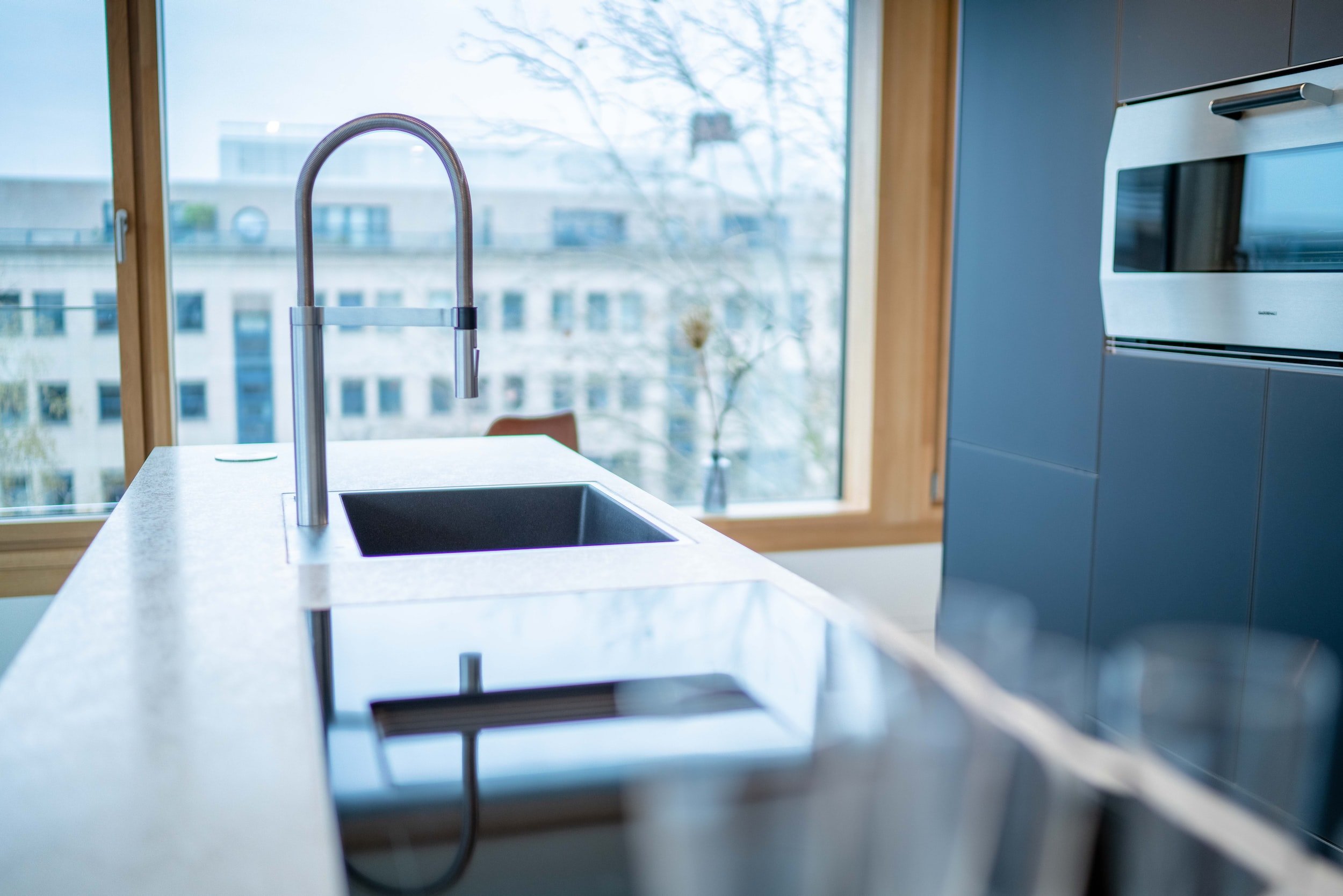
Touch-free faucets offer several benefits over traditional faucets. They can help reduce the spread of germs and bacteria, as users don't need to touch the faucet handle to turn the water on and off. They can also help conserve water, as the water flow is automatically shut off after a set period of time.
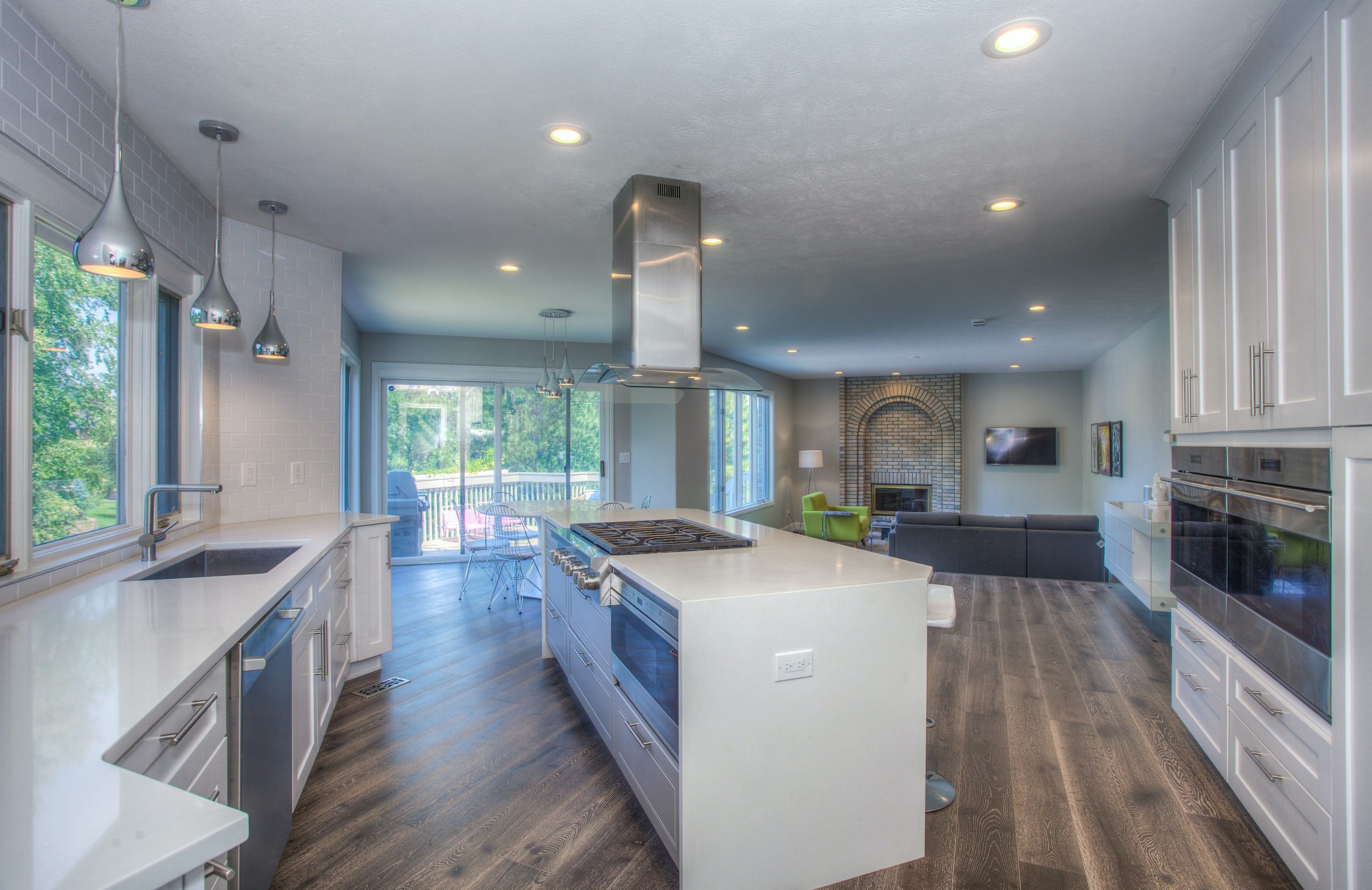
Consider the noise level of appliances, particularly if the individual is sensitive to sound. Look for appliances with low decibel ratings or sound-reducing features.
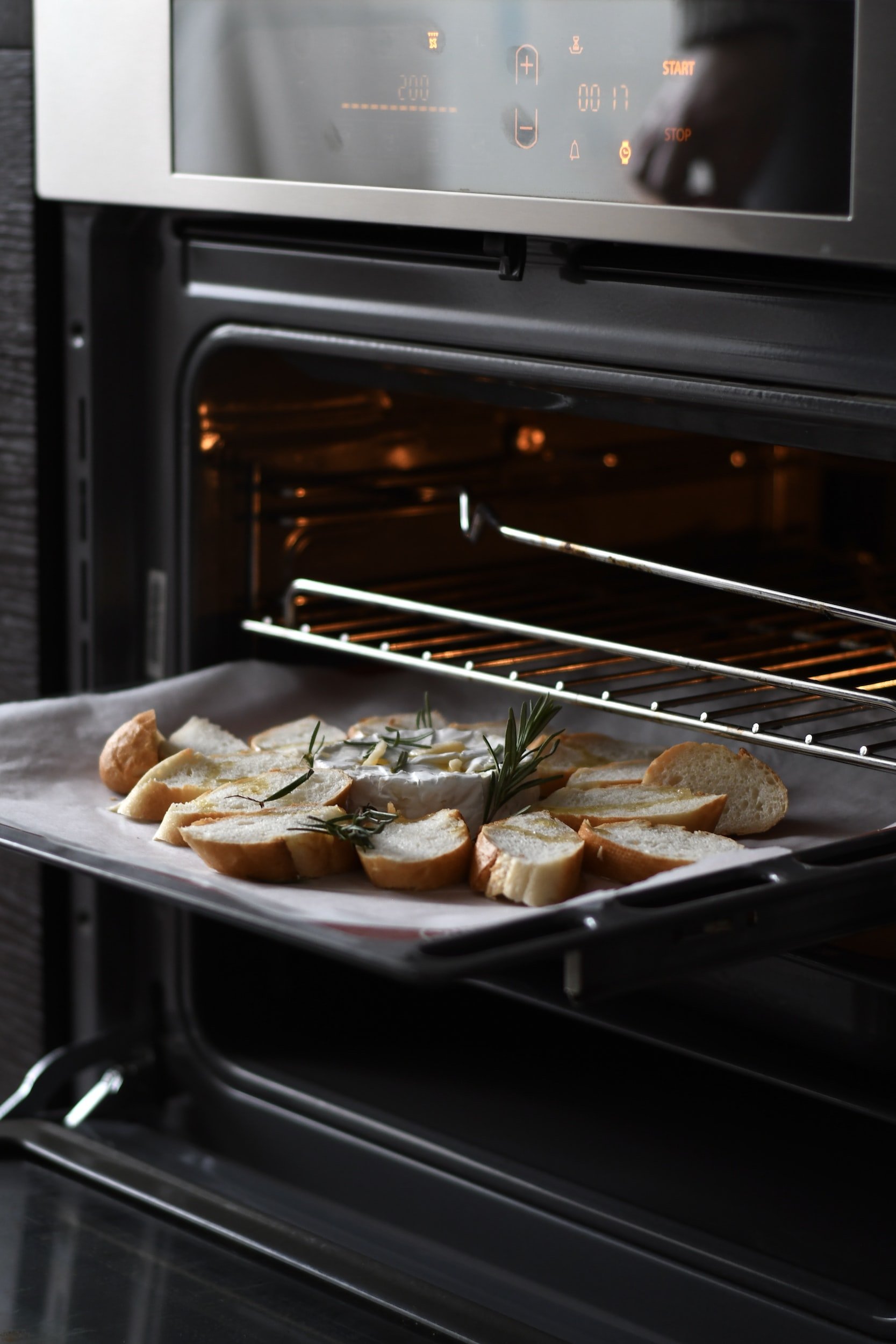
Stovetops: Some can be installed with adjustable height features, allowing them to be raised or lowered to match the height of the user.
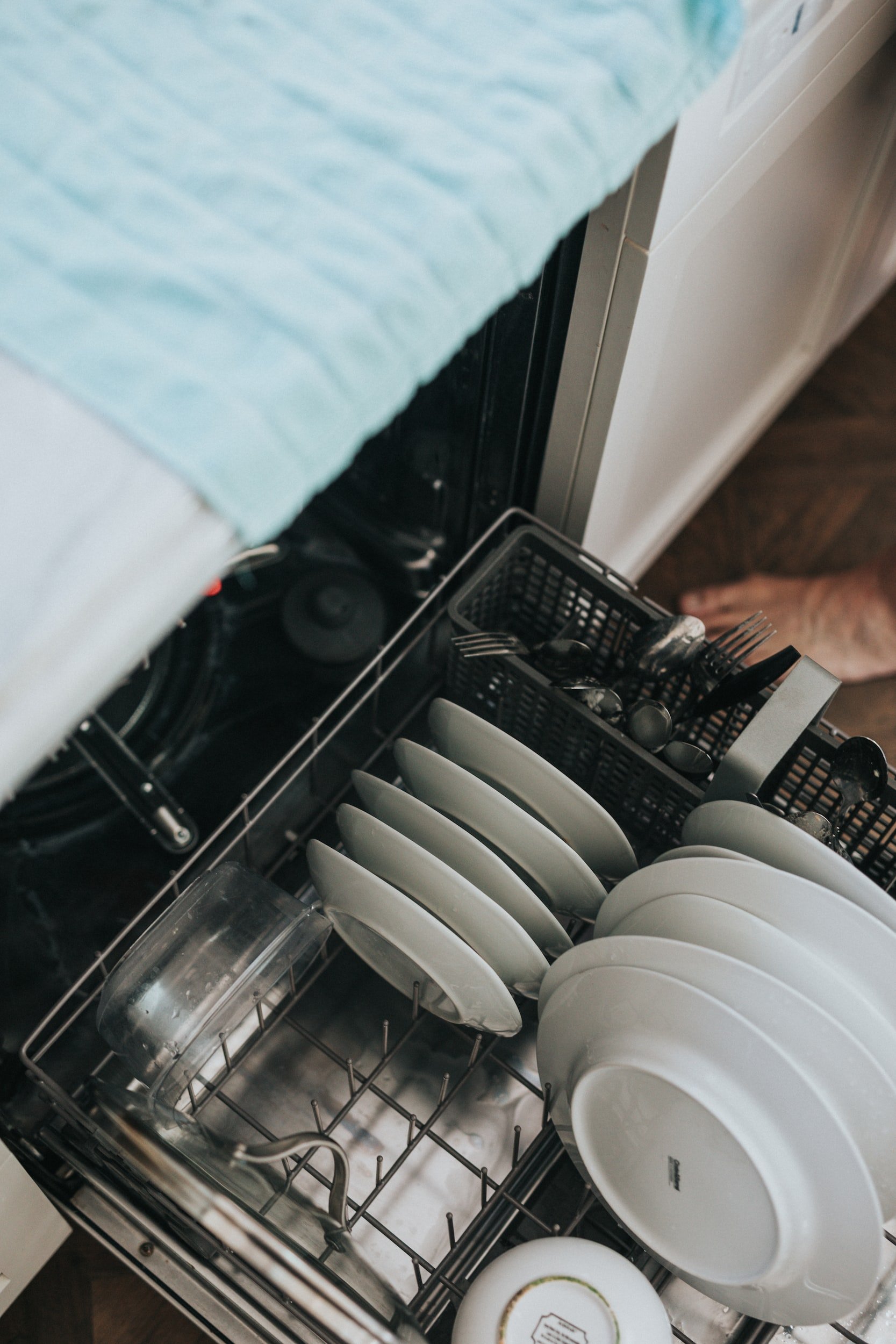
Dishwashers: Some come with adjustable height racks, allowing the user to adjust the height of the racks to make loading and unloading easier.
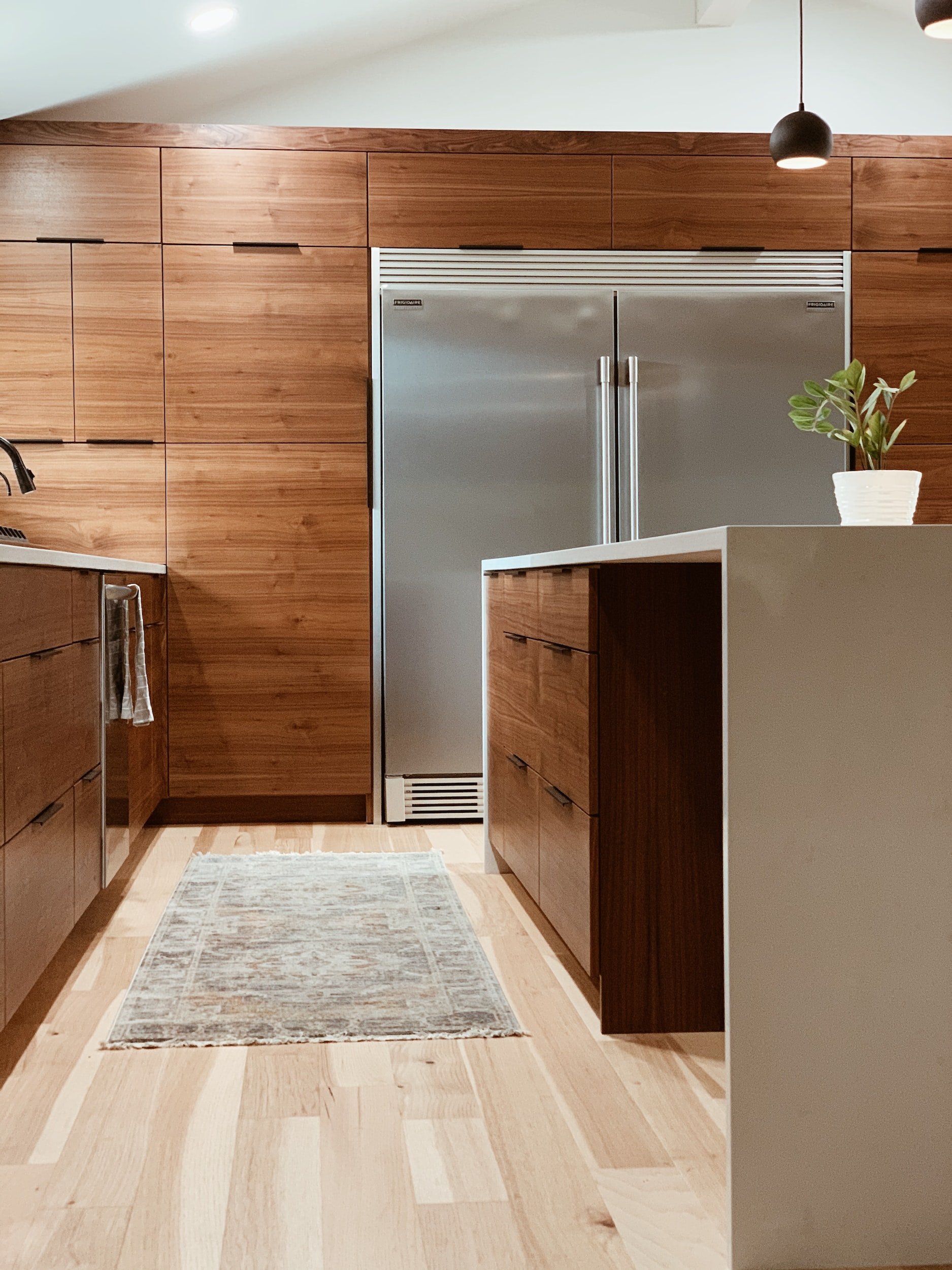
Refrigerators: Some come with adjustable height shelving, allowing the user to customize the height of the shelves to match their needs.
